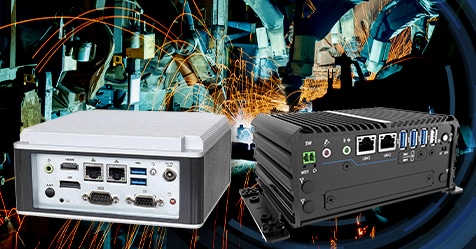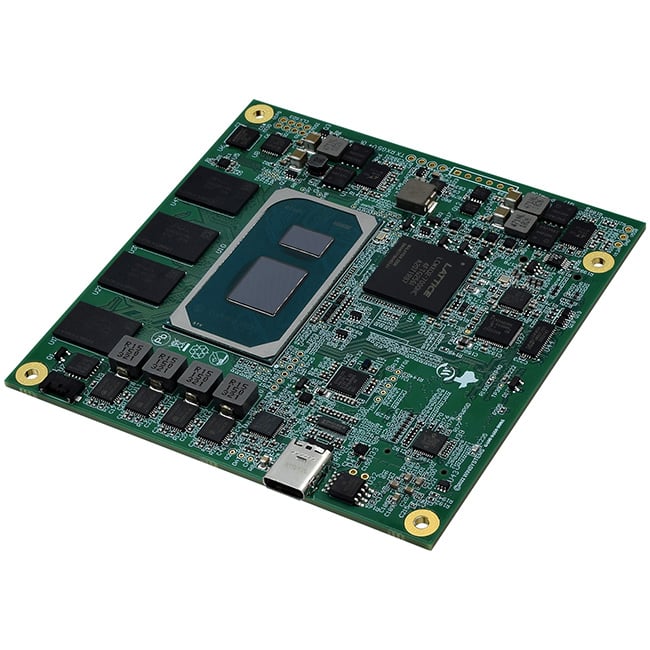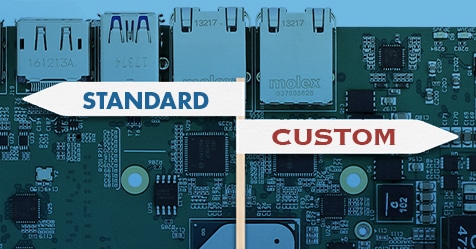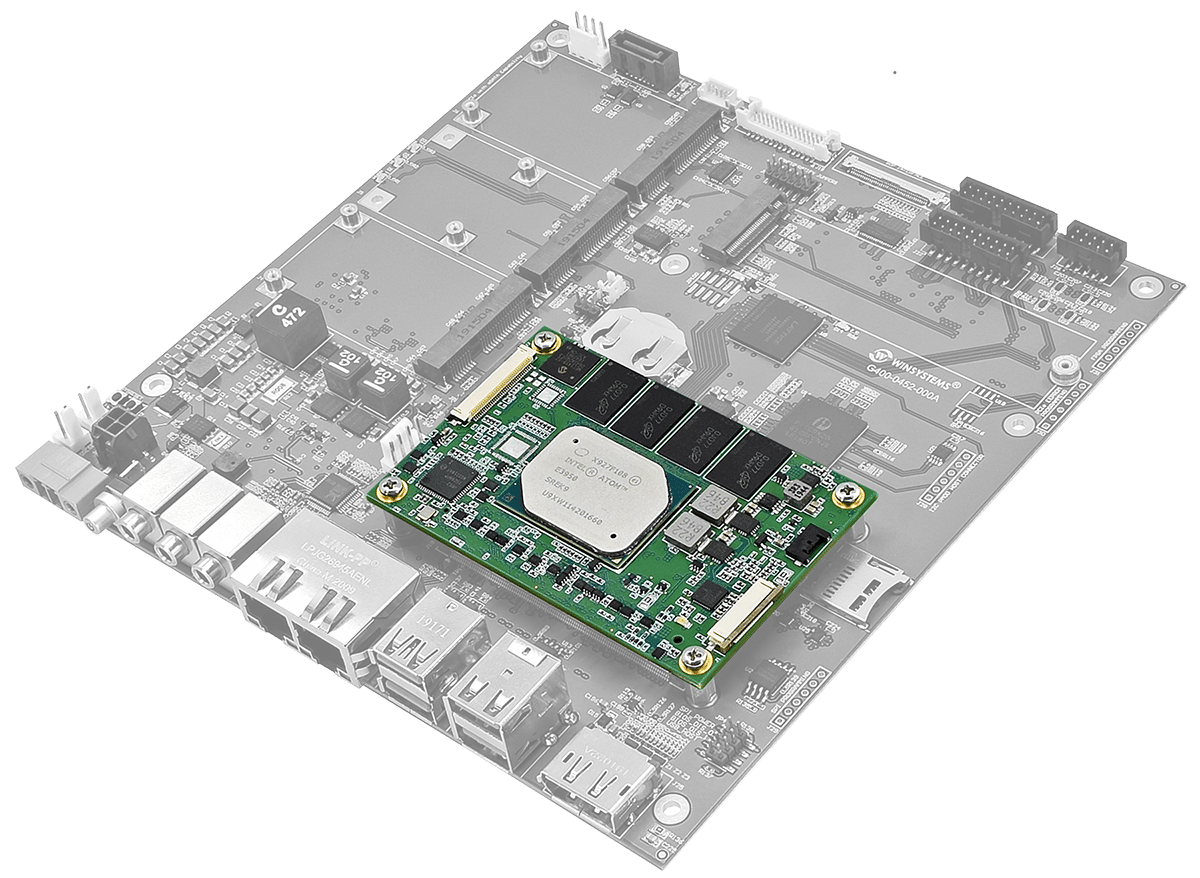Rugged highly reliable embedded computing solutions
Embedded Computing Solutions for Energy Management Applications
WINSYSTEMS’ latest eNewsletter highlights embedded computing technologies designed to reliably enable energy management and control systems for renewable energy storage applications including hybrid energy systems involving solar, wind, and battery storage technologies. Our rugged embedded industrial computers, SBCs, and panel PCs ably support real-time monitoring, control, and optimization capabilities for macro-grid, micro-grid, and off-grid energy… Read More »
Read More >Rugged fan-less industrial computers built to deliver highly reliable performance in harsh environments WINSYSTEMS has expanded its product line of rugged industrial fan-less enclosed computer systems with the addition of two new enclosed fan-less systems. These new systems are designed to fully enable industrial applications requiring fan-less low-power edge computing solutions in space-constrained installations. WINSYSTEMS’ SYS-ITX-N-6425E is… Read More »
Read More >Prototyping ensures that all stakeholders in a product’s success have a clear picture of the (nearly) finished product. It allows software testing to occur on real hardware. And it lets the design team focus on the user interface. Implementing these steps concurrently results in a faster time to market and fewer design changes along the… Read More »
Read More >If you’re a regular reader of this blog, you know that we have covered many board specifications, form factors, standards, and so on. For the general embedded computing market, we’ve covered just about all the mainstream standards. The tip of the iceberg reveals such standards as EPX, EPIC, 3.5-in., PC104, and multiple variations of ITX…. Read More »
Read More >COMs are essentially embedded computers built on a single circuit board. What differentiates the COM from a conventional single-board computer (SBC) is that it lacks the standard connectors needed to directly connect external I/O devices. Hence, the module would be mounted onto a carrier card or baseboard that breaks the system and I/O buses out… Read More »
Read More >





